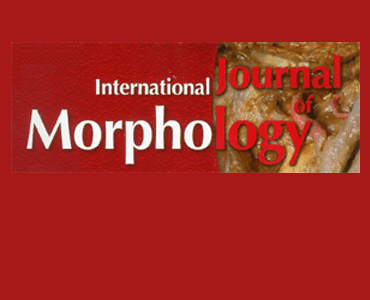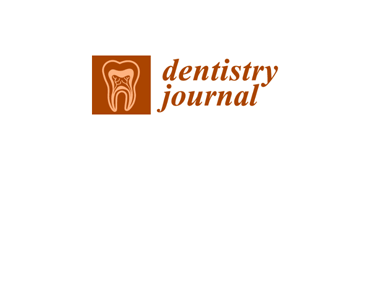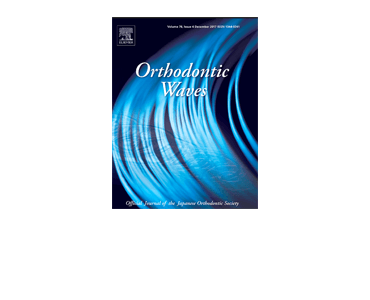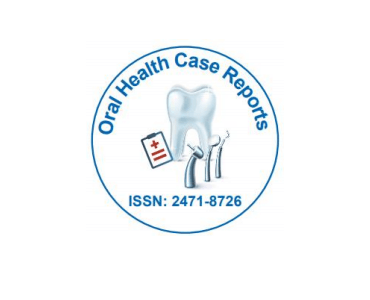Linking the Expression of Facial Shape and BMI via the Hippo Signaling Pathway. S Ali, DE Ehrlich, LM Moreno Uribe, BA Amendt, MK Lee, JR Shaffer, ML Marazita, SM Weinberg, SF Miller.
Date: April 2019. Source: The FASEB Journal, Vol. 33, No. 1_supplement. Abstract: Obesity rates have more than tripled in children and adolescents in recent years. While many studies have examined the relationship between obesity and chronic illnesses, the impact of obesity on craniofacial form is less understood. Research in this area has suggested that obesity…









